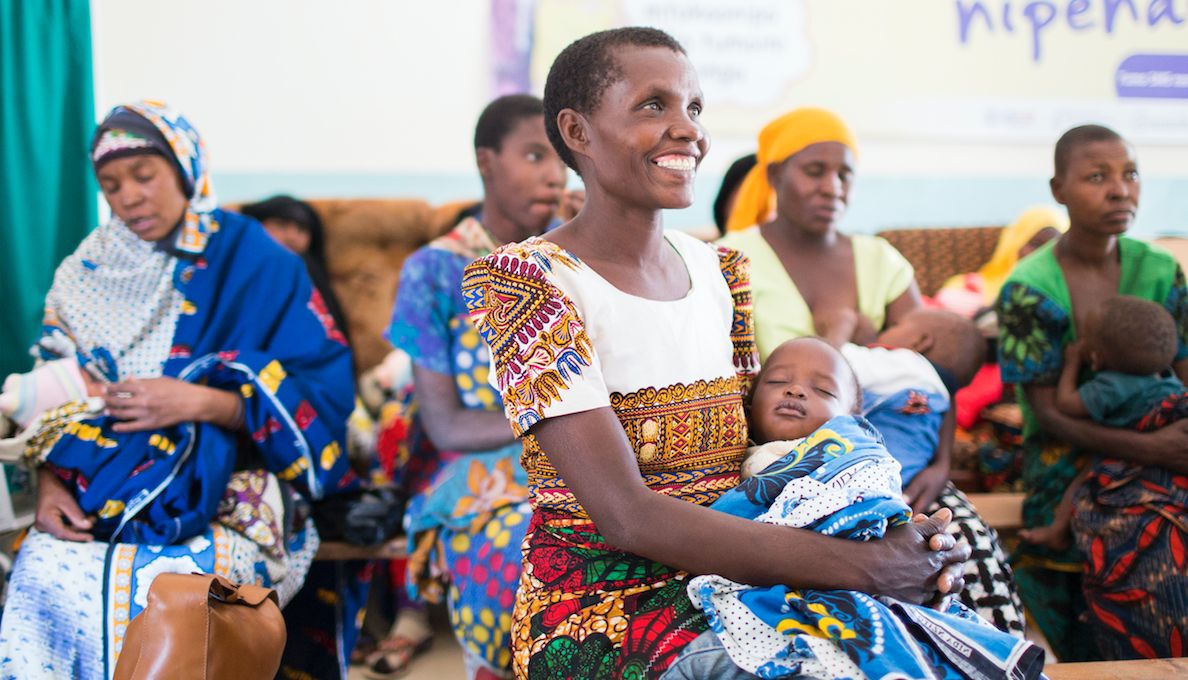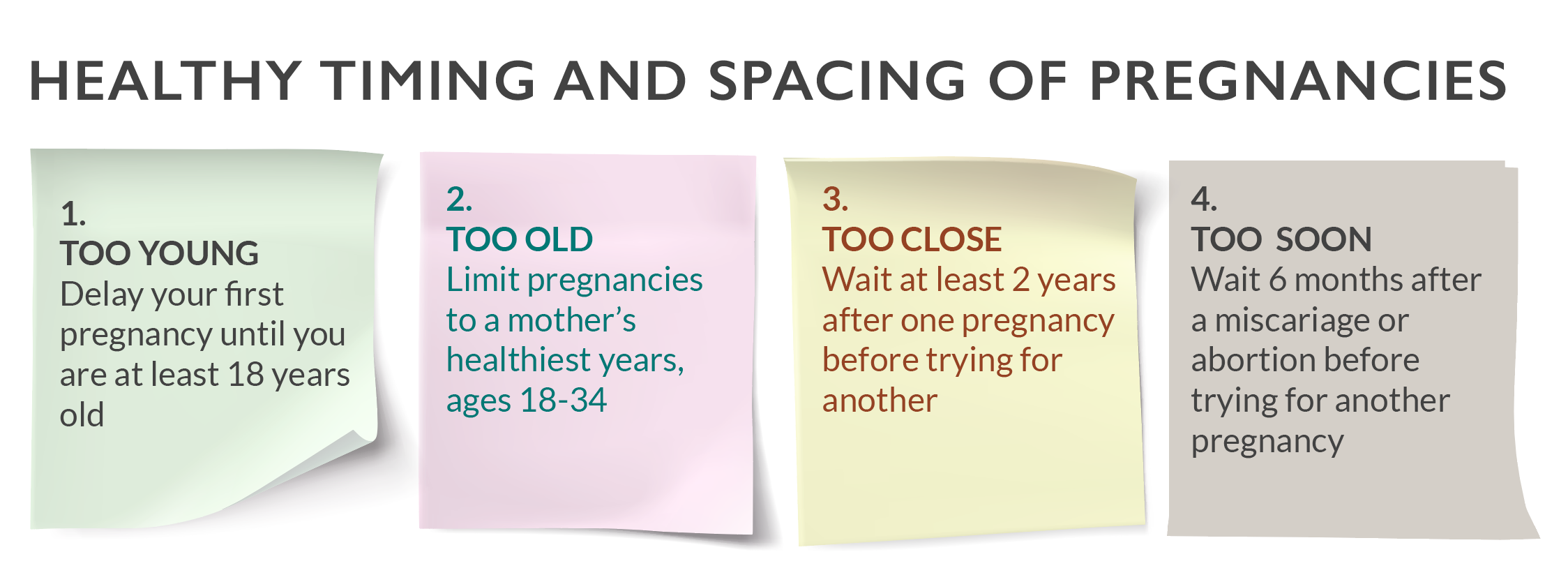Birth Spacing Improves Wellbeing of Children
By Sarah Ooko
The WHO recommends that mothers space their births by at least two years
All parents want the best for their children. However, making this dream a reality requires proper planning, way before babies are born. One way of doing this is by ensuring that children come into this world at the right time.
A major determinant of children's wellbeing is the time they are born. As such, the World Health Organisation (WHO) recommends that mothers space their births by at least two years.
Research shows that when women get pregnant shortly after delivery, their children have a high risk of dying early, being born prematurely or having low birth weight which is detrimental to their health.
"To avoid these problems, mothers need to space their births accordingly. This is best done through family planning," says Lilian Chebon, programme officer for health at World Vision Kenya.
Yet, contraceptives are still way out of reach for most vulnerable women living in remote and impoverished settings.
During the recent World Population Day (July 17), the WHO urged countries to enhance coverage and access of modern family planning methods. This year's theme for the Day was 'Family Planning is a Human Right.'
Government statistics from the Kenya Demographic and Health Survey (KDHS 2014) show that Kenya has a contraceptive prevalence rate of 58 per cent, which leaves behind about 40 percent of women who are unable to adequately plan their family sizes.
The worst hit areas are those in Northern Eastern Kenya. The region’s uptake of family planning (FP) services is 3.4 percent – the lowest in Kenya. The uptake in other parts of the country is above 40 percent.
"This low uptake is mainly as a result of geographical, cultural and religious barriers," says Lilian.
With an aim of addressing these challenges so as to increase accessibility of modern family planning services to women, World Vision Kenya (WVK) is implementing a project model titled Healthy Timing and Spacing of Pregnancies.
“This initiative supports women and families in making informed decisions about pregnancy related healthy practices, including delaying the first pregnancy and spacing or limiting subsequent pregnancies,” notes Miriam Mbembe, the Associate Director for Health and Nutrition at World Vision Kenya.
Tenets of healthy timing and spacing of pregnancies model
Among other things, the project has helped to sensitise religious leaders on the significance of family planning, as well as its impact on the wellbeing of children.
Consequently, Miriam notes that many of these leaders have changed their perceptions on family planning. They have developed a positive attitude towards reproductive health, including the approval of modern methods of contraception such as injectables, implants, and the pill.
The project is benefitting two counties in North Eastern Kenya – Marsabit (Laisamis) and Isiolo (Garbatula). It is also being rolled out in Siaya County.
In Laisamis Sub-county for instance, uptake of family planning services is now at 12 percent, up from 5 percent in 2015.
“This success story is an indication that advocacy around key health issues is very important,” says Lilian.
In a bid to sustain these positive impacts, WVK supported five counties to develop family planning road maps and budget estimates. They include: Turkana, Baringo, Elgeyo, Samburu and Narok.
“This is an important advocacy tool for resource allocation. If you don't know how much you need for something, then you can't be given money for it. Therefore, these FP plans will help counties to get family planning resources,” says Miriam.
World Vision ensures that the reproductive health needs of both men and women are met, through improved access of modern family planning methods. Nevertheless, the organisation respects the rights of parents to make their own decisions about family size and spacing without coercion. No modern family planning methods promoted by World Vision are abortive.

